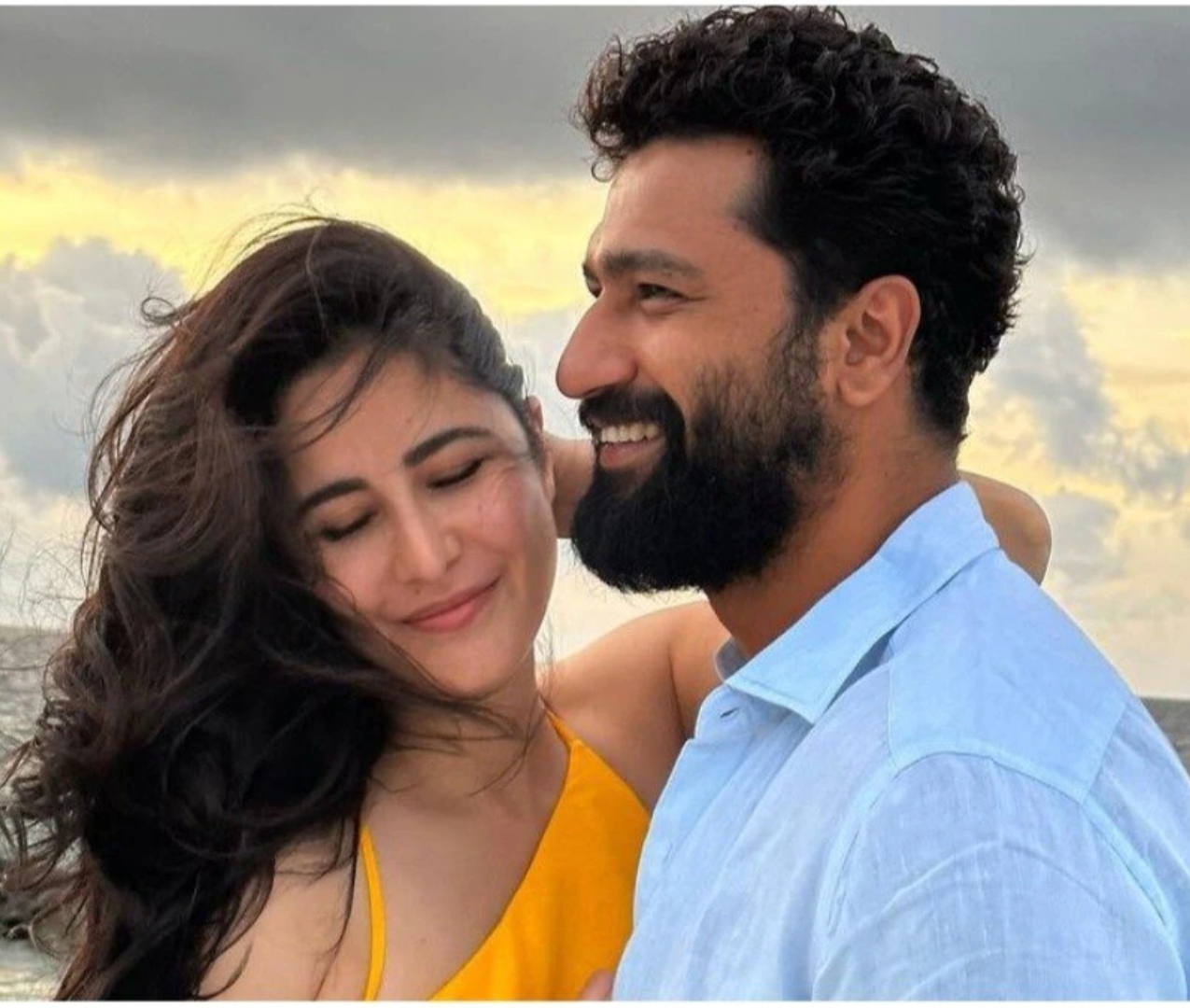As Eid approaches, the usual joy and celebrations are missing from Kot Garvi in Sambhal, a Muslim-majority city in western Uttar Pradesh. The streets, once bustling with preparations, are eerily silent. The tragic memories of the violent clashes from November 2024 linger, keeping the festive spirit subdued.
Grief Over Lost Lives
For many residents, this Eid feels more like a time of mourning than celebration. Ayesha Bano, a 45-year-old widow, clutches a photo of her son Naeem, who lost his life in the clashes. “He went to see what was happening at the masjid,” she said. “The police deny shooting, but I saw the hole in his chest.”
Similar stories echo through the neighborhoods of Hindpura and Nakhasa. Mohammad Shoaib, 28, still grieves for his brother Bilal. “They fired on us. Now they call us rioters. Eid feels like a funeral.”
Nearly four months after the violence erupted due to a court-ordered survey of the Shahi Jama Masjid over claims that it was built atop a Hindu temple, the wounds remain fresh. The city has not healed, and instead of Eid decorations, barricades and police patrols dominate the landscape. Families are not just struggling with loss but also with the legal battles that followed. Authorities say 80 people have been detained, and 400 others are being sought for alleged involvement in the clashes.
Sambhal police chief Krishna Kumar Bishnoi insists that the situation is under control. “Chargesheets have been filed in six out of 12 cases. Others are being compiled based on evidence. We’re assuring everyone that no action will be taken against the innocent,” he said.
A Changed Cityscape
Despite the reassurances, fear remains. Around 1,000 homes across the city have been abandoned. Muslims, who make up over 75% of Sambhal’s population, say they do not feel safe or in the mood to celebrate. The once lively streets, where people used to gather in excitement for Eid preparations, are now empty.
Meanwhile, in Kot Purvi, a Hindu-majority locality, preparations for the 24 Kosi Parikrama, a religious pilgrimage organized by the local unit of the Bharatiya Janata Party (BJP), are in full swing. This event, which involves over 15,000 people, started on Diwali and is part of a growing Hindu mobilization effort in the region. The highlight of the route is the Hari Hara Temple, which Hindu groups claim was demolished and replaced by the Shahi Jama Masjid.
“According to Hindu religious texts, Sambhal was one of the holiest spots for Hindus, with 68 temples and 19 holy wells,” said Rajesh Singhal, vice-president of the BJP’s local unit. “Earlier, the Muslim community objected to the parikrama. Now, with the state government’s support, we are organizing it with full zeal.”
Singhal openly acknowledges that the pilgrimage is meant to rally public support for the Hindu side of the dispute.
The Beginning of the Tensions
The current unrest began in November 2024, when five people were killed during the controversial court-ordered survey of the Shahi Jama Masjid. Hindu groups had filed a petition claiming worship rights over the structure, alleging it was built on the ruins of a temple. The city was placed under curfew for weeks.
Even after the Supreme Court suspended all proceedings in the case on November 29, tensions did not subside. In December, the government carried out an anti-encroachment drive and claimed to have uncovered two Hindu temples. These temples were soon reopened with much fanfare, with Chief Minister Yogi Adityanath calling them symbols of “our enduring heritage and the truth of our history.”
Around the same time, a 150-year-old step well near the Banke Bihari Temple was discovered and cleaned. Some Hindu groups alleged that the well was originally part of a temple that was destroyed and replaced with a mosque. The Archaeological Survey of India (ASI) is now investigating the site.
Legal and Political Ramifications
The dispute has also led to arrests. Zafar Ali, president of the Shahi Jama Masjid committee, was recently taken into custody for allegedly obstructing the survey and inciting unrest. “He was our voice,” said tailor Mohammad Aslam. “They want us to be silent before Eid.”
Hindu groups, on the other hand, see this as an opportunity for religious and political mobilization. They argue that Sambhal is significant in Hindu mythology as the prophesied birthplace of Kalki, the 10th avatar of Lord Vishnu. The BJP and other right-wing organizations have begun framing the dispute in a manner similar to the Ayodhya Ram Janmabhoomi case, aiming for a temple construction in place of the mosque.
“This is our moment,” said Anil Gupta, a member of the Vishwa Hindu Parishad. “Just like Ayodhya, Sambhal has all the elements of Hindu mobilization. There is a mosque where a temple once stood. There is an invader—Babur—who destroyed it. And now, the time has come to reclaim it.”
A Political Battleground
Beyond religious disputes, the issue has deep political implications. The BJP has struggled to win seats in Sambhal district, losing key assembly and parliamentary elections in recent years. Leaders believe that pushing the temple issue could help consolidate Hindu votes in the region ahead of the 2027 Uttar Pradesh Assembly elections.
“The Hindutva and nationalism combo will help us,” said BJP district chief Harendra Singh. He pointed out that over 200,000 new members have joined the BJP in Sambhal district in just three months.
One of the key figures supporting this movement is Rishiraj Giri, chief priest of the Kaila Devi Temple. Once affiliated with the Samajwadi Party (SP), he has since shifted his allegiance to the BJP and is actively rallying OBCs and Dalits to support the temple cause.
A Deeply Divided Town
Ahead of Eid, Sambhal remains sharply divided. Tensions flared again during Holi, with allegations that local authorities allowed Hindu festivities to overshadow Muslim concerns. Police have since conducted multiple flag marches, but the underlying fear and hostility remain.
“The Hindu community has been living in fear for years,” said Mahipal Singh, a local resident. “Now, finally, things are changing.”
Meanwhile, in Muslim neighborhoods, there is little cause for celebration. Naseema Begum, whose 19-year-old son Asif was arrested for alleged stone-pelting, wonders how she will face Eid. “He was just watching,” she said. “How can we celebrate while he is in jail?”
The ongoing conflict has disrupted daily life, affecting businesses, jobs, and even basic social interactions. “We used to sew clothes, make sweets for Eid,” said Rubina Khatoon, a local resident. “Now we just pray for peace.”























